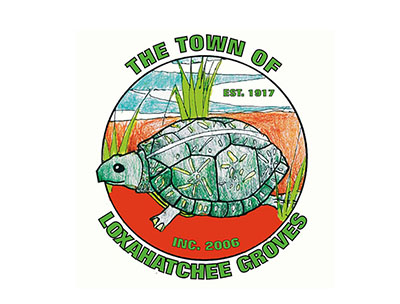Pixie dust won’t help, but a product made by Global Environmental Solutions may quell the chalky grit that often roils from behind vehicles on the miles of dirt road in Loxahatchee Groves, town council members were told as they settled on a new test site for one of the products.
“Even if we paved them, concreted them, put pixie dust on them, we can’t get the dust out of the air next week,” said Brian McNeil, a town resident, equestrian and strong proponent of the GES product. “The situation is terrible… We’ve got to do something. I promise you, this will stop the dust.”
The council directed staff to move forward with the test of GES’ Dustless, but because of road conditions, shifted the experiment to Collecting Canal Road on a section between F and D roads. It had been scheduled for testing along North B Road, but the council was told that Collecting Canal Road has a more consistent three-inch base needed for proper testing.
The town also will be testing another water-soluble dust retardant product on D Road between Southern and Okeechobee boulevards. Soil20, described as a “super-absorbent polymer,” is made by a Palm Beach Gardens company, but its major drawback is that it must be re-applied weekly, the council was told at a March 2 meeting.
Both products claim to be environmentally friendly and could be applied using the town’s existing water truck with little modification and without rendering it unusable for plain water.
McNeil repeated that he is not a GES representative, but has experience with the product and is eager to help the town find a solution to the vexing issue of dust clouds that rooster tail behind vehicles, then drift onto properties adjacent to the dirt roads.
The dust frequently creates safety issues for drivers, bicyclists and equestrians who enjoy riding along the roads, and respiratory problems for nearby people and horses.
Dustless could potentially continue to work for up to a year, McNeil has said, noting that rain does not affect it, and adding that he is familiar with some arenas that have gone as long as four years without reapplication.
In the end, the council members agreed that the bottom line is how well both products perform. How will the results be determined? Just drive down the treated roads and look in the rearview mirror, McNeil said.








